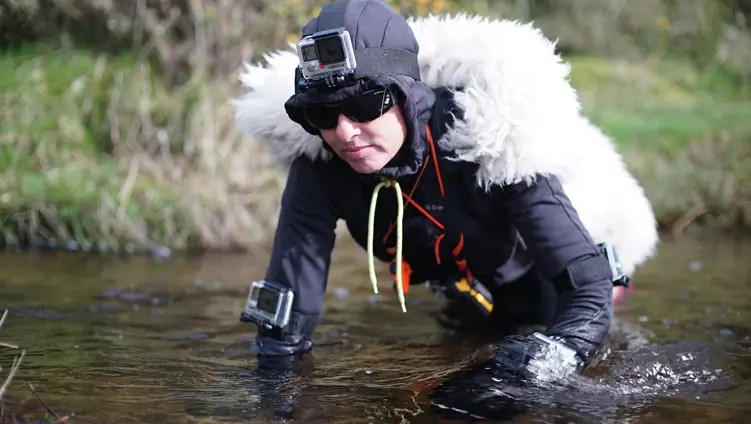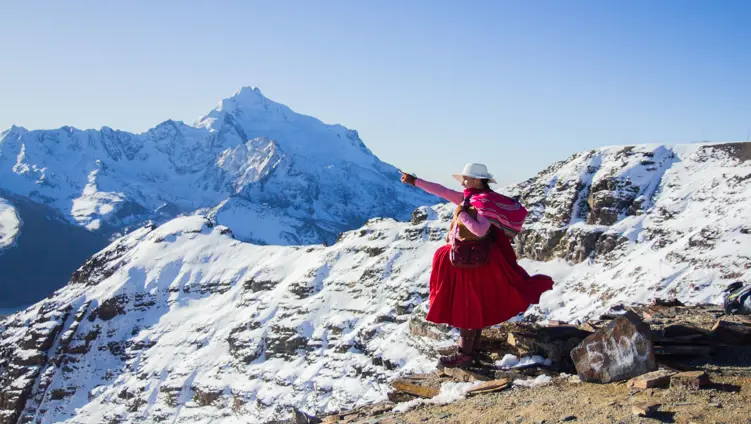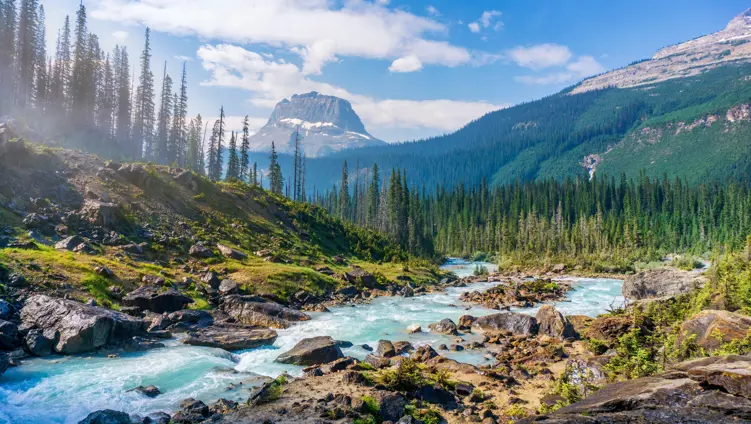There is much welcome discussion about gender in adventure culture today, but masculinity is rarely discussed directly. This list offers ten useful reads and watches to provoke thought and discussion.

There is much welcome discussion about gender in adventure culture today, but masculinity is rarely discussed directly. This list offers ten useful reads and watches to provoke thought and discussion.
Recent years have brought increasing discussion about gender in the adventure community. In pursuit of gender equality, most of this has focused on women and the sexism and structural barriers they face. This is important and must continue. But too often there is a missing part, even an elephant in the room: masculinity. This isn’t always the case, but for a culture so dominated by men or portrayals of men, direct exploration of masculinity is curiously rare. As a community we can’t truly achieve gender equality, or care best for one another more generally, without an understanding of the ways masculinity informs adventure culture, the problems this creates, the challenges men face and the ways the adventure community can respond to these questions.
We think the outdoor community, including Adventure Uncovered, can do better here. With this in mind, as a starting point, this is a list of adventure films, reading and more that bring a range of perspectives on masculinity and the outdoors. This list is not intended as a deep analysis. But especially for people not accustomed to thinking about masculinity, it hopefully offers some useful springboards into thinking and talking about masculinity through adventure.
I fully acknowledge this is a short, incomplete list. So this article is also a loud call for your own suggestions. What’s missing? Where else can we learn more about masculinity in adventure? I will update it with useful suggestions.
...
Edit, 25/01/2021: The first version of this list, published as part of our first Edition on 8th January, came up short in a number of respects. After some useful critiques from Erin Monahan of Terra Incognita, this version contains a number of amendments and additions, all of which make it stronger:
I thank Erin for her useful correctives.
The Momentum Generation is a brotherhood of surfers - including Kelly Slater, Shane Dorian and Rob Machado - that transformed surfing after coming together as young teenagers in the 1990s. Through interviews with the key characters and extensive access to private archives , this 2018 documentary by Jeff and Michael Zimbalist tells the story of that generation and the surf industry evolving together in fascinating and deeply moving detail. The opening sequence is one of the most powerful I can recall in any film, and makes it heartbreakingly clear that, among other things, this is a film about masculinity and its generational reverberations.
Released in 2018 like Momentum Generation, Minding the Gap follows three young male skateboarders - including director Bing Liu - experiencing volatile family lives. Through over a decade of raw footage, skateboarding is presented as an escape, a medium of expression and a community of support. In some ways the film feels like a version of Momentum Generation filmed at an earlier chapter. It is another powerful, illuminating and surprising film.
This essay by Anastasia Selby, part of Bitch Media’s The New Outdoors series, opens with a portrait of Smokey Bear, the tough mascot of the United States Forest Service and the National Association of State Foresters. Drawing on Selby’s experience as a wildland firefighter, the piece goes on to use Smokey Bear as a symbol of an unhealthy, macho forestry culture. The tenets of this culture - rejecting weakness, suppressing emotions, refusing to confide - and the resulting harassment, bullying and double standards are foregrounded against a deeper history of how longstanding Indigenous land-management practices have been shunned in favour of a strategy of aggressively fighting all wildfires.
Films, books and other cultural representations of masculinity are important. But so are social spaces to discuss and work with masculinity. Way of Nature uses exceptional nature experiences to help people find “space, focus and direction.” Programmes are rooted in a process the team calls a Nature Quest, inspired by a range of ancient tools and techniques, including rites of passage involving extended periods of time alone outdoors. Way of Nature’s Men’s Programme is “about intentionally moving beyond the ‘macho’ culture that has been pervasive in Western culture for so long.” The programme, and the wider work of the men behind Way of Nature - Adrian Kowal, Andres Roberts and John P. Milton - is well worth the time of anybody interested in the connection between masculinity and the outdoors.
The Dawn Wall is a 2017 documentary charting climber Tommy Caldwell and climbing partner Kevin Jorgeson’s attempt to climb El Capitan's Dawn Wall in Yosemite Valley - a climb widely regarded as one of the hardest ever. The project was rooted in Caldwell’s adversity, including the pressure his hypermasculine father piled on him and the shattering heartbreak of his wife and main climbing partner leaving him. This Andrew Bisharat piece unpacks some of the reasons The Dawn Wall is an interesting portrayal of masculinity in relation to other climbing films - themes expanded on in Caldwell’s memoir The Push. None of this is to say that Caldwell or Bisharat are to be lauded as masculinity spokesmen. Far from it, as the next few pieces make abundantly clear.
After publishing this list, Erin Monahan of Terra Incognita alerted me to some of Andrew Bisharat’s problematic writing on gender in the past, and in particular his sexist and shameful actions in response to a critique by writer Georgiana Abel. In failing to acknowledge this context, the original version of this list helped perpetuate the toxic masculinity on display in these instances, for which I apologise.
Indeed, the exchange between Bisharat and Abel demonstrates the enormous barrier that unhealthy forms of masculinity put in the way of people, especially women, trying to build a fairer culture. This is especially true when that barrier is erected by a man in a position of particular power - in this case the Editor of Rock and Ice magazine. This piece shows a respectful open letter Abel first wrote to Bisharat in response to a piece he had written. This followup piece documents his deplorably dishonest and degrading response.
Free Solo, the documentary charting Alex Honold’s attempt to free solo El Capitan, is the most iconic climbing film of recent years. It won Best Documentary Feature at 2019 Oscars and has been widely praised. But the film exhibits problematic forms of masculinity. This essay by Erin Monahan of Terra Incognita outlines why, from the privilege underpinning supposedly subversive dirtbag culture to the sexism apparent through the film. The essay touches on the pressures of masculinity but refuses to excuse harmful behaviours. Like all of Erin’s work this is a provocative, strongly worded piece steeped in the language of contemporary feminism. Some may disagree with parts of the analysis, but it will force you to articulate why. This is welcome, critical work.
To round out this triptych of pieces critiquing popular climbing films, this Melanin Base Camp piece by Anaheed Saatchi outlines another core reason they are problematic in terms of gender and masculinity: they tell the same narrative again and again. As impressive as the climbing feats in these films are, the central and uncritical story arc - white dude tries and ultimately succeeds through sheer will and strength - is homogenous and problematic. Saatchi’s followup piece restates the argument that we need more diverse and critical climbing/adventure narratives in stronger terms. It seems difficult to disagree with this central premise, even if you disagree with some of Saatchi’s emphasis and arguments around the edges. Then again, the comments section exhibits a wealth of often narrow-minded disagreement.
Into the Wild is another iconic adventure story - especially the 2007 film, which dramatises John Krakaeur’s more in-depth exploration of Christopher McCandless and the themes around his intrepid asceticism. The book is well worth reading, and cautions against the often simplistic celebration of Christopher McCandless as a heroic Man Alone In The Wild. This is not to dismiss his story, but to acknowledge that the interesting discussion of masculinity stemming from it comes away from the film, in the conversation since. The Atlantic piece The Walden Effect is also a useful read here, as is this Outside’s piece on the “obsession problem” the story has led to.
It may be a bit of a cop out to group this into one. But if films and books provide useful conversation starters around masculinity, academic work, though potentially less accessible, can provide more tangible and focused insights into how masculinity operates in outdoor environments. It can also sketch quick surveys of other useful research to dive into. We shouldn’t ignore it as irrelevant to everyday adventure culture. By way of example, two articles: Hegemonic Masculinity in Outdoor Education surveys the current research on dominant forms of masculinity in outdoor education, and suggests routes for disrupting this where it is damaging; and Culture of Masculinity and Outdoor Life, although older (2007), similarly surveys how masculinity plays out in outdoor contexts.
This interview is tied to our resolution to do more to cover masculinity and adventure in 2021. If you know about a story showing masculinity and adventure in an interesting light, we’d love to hear about it, either as a tip or a pitch.


